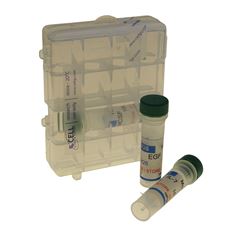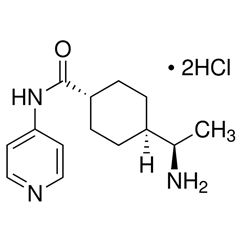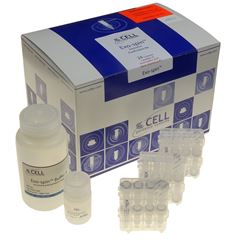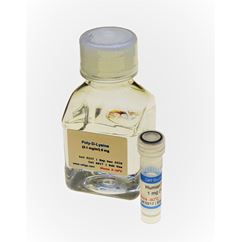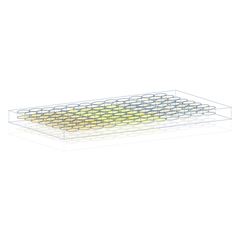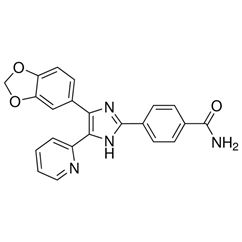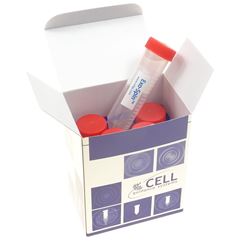OptiCol™ Human Collagen Type III non-sterile (powder), 10 mg
Description
OptiCol™ Human Collagen Type III is initially produced as procollagen, a protein consisting of three pro-α1(III) chains that form the triple-stranded, rope-like molecule. After being synthesized, the procollagen molecule is modified by the cell. Enzymes modify the amino acids lysine and proline in the protein strands by adding chemical groups that are necessary for the strands to form a stable molecule and then later to crosslink to other molecules outside the cell.
Applications
Tissue engineering research | Wound healing constructs | Coatings | Solid free-form fabrications | Electrospinning | in-vitro research | Nerve Repair, Hemostats, Sealants, Coils, Sponges, Spheres/Beads, Ligaments, Strings, Tubes/Cylinders, Films
Note: Lyophlilized form is not recommended for formation of a 3D gel
| Product Details | |
|---|---|
| Source | Human Placenta |
| Gelation Time | <90 mins |
| Fibril Formation | >0.5 abs. units |
| Purity | >99.9% |
| pH | approx 2 |
| Telo vs. Atelo | Atelo-collagen |
| Physical Appearance | Powder |
| Endotoxin Level | ≤10.0 EU/ml as measured by kinetic LAL |
| SDS-PAGE |
Characteristic Approximately 85% Type III and 15% Type I |
| Adventitious Agents | The human source material has been tested and found negative for hepatitis B virus, hepatitis C virus, and for human immunodeficiency virus-1 (HIV-1) |
| Storage and Stability | 4°C |
Protocols
Preparation Procedure
1. Reconstitute the 10 mg vial with 10 ml of cold 0.01 N HCl and gentle swirly until completely solubilized.
2. Remove required quantity of collagen from the bottle and dispense into a dilution vessel.
3. Dilute Type III collagen with a 0.01 N HCl to desired concentration.
4. Swirl contents gently until material is completely mixed.

